

Articles
How To Improve Air Quality In Basement
Modified: October 27, 2024
Looking for articles on how to improve air quality in your basement? Read our expert tips and advice to create a healthier environment in your home.
(Many of the links in this article redirect to a specific reviewed product. Your purchase of these products through affiliate links helps to generate commission for Storables.com, at no extra cost. Learn more)
Introduction
Welcome to our comprehensive guide on how to improve air quality in basements. Basements are unique spaces that provide valuable extra square footage in our homes. They can serve as storage areas, laundry rooms, entertainment spaces, or even bedrooms. However, due to their below-ground nature, basements often suffer from poor air quality.
Air quality is a critical aspect of our overall health and well-being. Poor air quality can lead to a range of health issues such as allergies, respiratory problems, and even more severe conditions. In basements, the lack of proper ventilation and high humidity levels contribute to the presence of pollutants, mold, and musty odors.
In this article, we will explore the common issues that affect basement air quality and provide practical steps to help you improve it. By implementing these measures, you can create a clean, fresh, and healthy environment in your basement.
Key Takeaways:
- Proactively address moisture issues, improve ventilation, and utilize dehumidifiers to create a healthier basement environment with cleaner air and reduced risk of mold growth.
- Regularly maintain HVAC systems, install air purifiers, and keep the basement clean to ensure long-term air quality improvements and a more enjoyable living space.
Why is air quality important in basements?
Air quality in basements is crucial because it directly impacts the health and well-being of the occupants. The basement is often a neglected area when it comes to ventilation and air circulation, which results in a buildup of pollutants and contaminants. Here are some key reasons why air quality in basements deserves your attention:
- Health concerns: Poor air quality can lead to respiratory issues, allergies, and other health problems. Basements are prone to mold growth, which can release spores into the air and trigger allergic reactions or worsen existing respiratory conditions.
- Environmental effects: A musty or damp basement can indicate excess moisture, which not only contributes to mold growth but can also cause damage to furniture, appliances, and other belongings. Improving air quality can help preserve the basement’s structural integrity and prevent costly repairs.
- Odor elimination: Basements often have a distinct musty smell due to the presence of dampness and stagnant air. By improving air quality, you can eliminate these unpleasant odors and create a more pleasant environment.
- Comfort and livability: Basements are commonly used as additional living spaces, such as home offices, bedrooms, or play areas. Enhancing air quality ensures a comfortable and healthy living environment for you and your family.
In summary, addressing air quality in basements is essential for the well-being of both the occupants and the structure itself. By taking steps to improve ventilation, reduce moisture, and eliminate pollutants, you can create a healthier, more enjoyable space. In the following sections, we will delve into the common issues that affect basement air quality and provide effective solutions to address them.
Common issues with basement air quality
Basements are prone to various issues that can negatively impact air quality. Understanding these common problems will help you identify and address them effectively. Let’s explore some of the most prevalent issues with basement air quality:
- Excess moisture: Basement environments are typically damp and humid, providing the perfect conditions for moisture buildup. This can lead to mold growth, musty odors, and an increased risk of respiratory issues.
- Poor ventilation: Basements often lack proper ventilation, resulting in stagnant air and limited fresh air exchange. Without proper airflow, pollutants, allergens, and odors can become trapped and accumulate over time.
- Radon gas: Radon is a naturally occurring radioactive gas that can seep into basements through cracks in the foundation. Prolonged exposure to high levels of radon can increase the risk of lung cancer.
- Chemical pollutants: Basements are often used for storage, which can introduce various sources of chemical pollutants such as cleaning products, pesticides, and solvents. These substances can release harmful volatile organic compounds (VOCs) into the air.
- Poor insulation: Inadequate insulation in basements can lead to temperature fluctuations, condensation, and moisture issues. This can further contribute to high humidity levels and the growth of mold and mildew.
Addressing these common issues is paramount to improving air quality in your basement. By implementing the necessary measures, you can create a healthier and safer environment for yourself and your family. In the following sections, we will outline practical steps to help you improve the air quality in your basement and alleviate these common problems.
Steps to improve air quality in basements
Improving air quality in basements requires a systematic approach to address the common issues discussed earlier. By following these practical steps, you can significantly enhance the air quality and create a healthier living environment in your basement:
- Identify and eliminate sources of moisture: Excess moisture is a major contributor to poor air quality. Inspect your basement for any signs of leaks, water seepage, or condensation. Address these issues by fixing leaks, sealing cracks, and using waterproofing techniques to prevent moisture infiltration.
- Improve ventilation: Adequate ventilation is crucial for air circulation and removing stale air from the basement. Open windows and use fans to promote air exchange. Additionally, consider installing exhaust fans or a basement ventilation system to enhance airflow and reduce humidity levels.
- Use dehumidifiers: Dehumidifiers are effective in reducing moisture levels in basements. They extract excess moisture from the air, helping to prevent mold growth and musty odors. Opt for a dehumidifier with a built-in humidistat to maintain optimal humidity levels.
- Clean and maintain your HVAC system: Regularly clean and maintain your HVAC system to prevent the circulation of dust, allergens, and other pollutants. Change air filters frequently, clean air vents, and consider professional HVAC maintenance to ensure optimal system performance.
- Install an air purifier: Air purifiers are effective in removing airborne pollutants, allergens, and odors. Consider investing in a high-quality air purifier specifically designed for basement environments. Look for one with a HEPA filter and a carbon filter for optimal purification.
- Keep the basement clean and clutter-free: Regularly clean your basement to remove dust, debris, and potential sources of allergens. Vacuum carpets and rugs, mop hard surfaces, and dust furniture. Decluttering the space will also prevent the accumulation of dust and improve air circulation.
By implementing these steps and consistently maintaining a clean and well-ventilated basement, you can significantly improve the air quality in this space. Remember to monitor humidity levels regularly and promptly address any signs of moisture or mold growth. Taking these proactive measures will create a healthier and more comfortable environment for you and your family to enjoy.
Identify and eliminate sources of moisture
Excess moisture is one of the primary culprits behind poor air quality in basements. It creates the perfect breeding ground for mold, mildew, and musty odors. Identifying and eliminating sources of moisture is essential in improving the air quality in your basement. Here are some steps to help you address this issue:
- Inspect for leaks: Check for any signs of water leaks or seepage in your basement. Look for water stains, damp patches, or visible signs of water intrusion. Identify the source of the leak, such as a cracked foundation, faulty plumbing, or a malfunctioning sump pump.
- Repair cracks and gaps: Seal any cracks or gaps in the walls, floors, or windows using appropriate sealants or caulking. This helps prevent water infiltration and moisture buildup. Pay special attention to areas where water is likely to seep in, such as around pipes, windows, and doors.
- Improve drainage: Ensure that your downspouts and gutters are functioning properly, directing water away from the foundation. Consider installing extensions or diverters to ensure water is effectively channeled away from your home. Proper landscaping grading can also help redirect water flow.
- Address condensation: Condensation can contribute to moisture problems in basements. Insulate cold water pipes to prevent them from sweating and creating excess moisture. Consider using a dehumidifier or implementing proper ventilation to reduce condensation buildup.
- Install a vapor barrier: If you have a concrete basement floor or walls, consider installing a vapor barrier. This helps prevent moisture from seeping through the concrete and into the basement. A vapor barrier is typically a thick plastic sheeting that acts as a barrier between the concrete and the interior space.
- Ensure proper ventilation: Good ventilation is crucial in preventing moisture buildup. Ensure that your basement has adequate airflow by opening windows, using fans, or installing vents. Consider adding exhaust fans or a basement ventilation system to improve air circulation.
By identifying and eliminating sources of moisture in your basement, you can significantly improve air quality and prevent the growth of mold and mildew. Regularly inspecting, maintaining, and addressing any water-related issues will help create a dry and healthy environment in your basement.
Improve ventilation
Proper ventilation is essential for maintaining good air quality in your basement. It helps to remove stagnant air and circulate fresh air, reducing the buildup of pollutants, odors, and moisture. Here are some steps to improve ventilation in your basement:
- Open windows: Whenever weather permits, open the windows in your basement to allow fresh air to flow in. This helps to improve air circulation and reduce the accumulation of stagnant air. Use window screens to keep out insects and debris.
- Install air vents: Consider installing air vents in your basement to promote airflow. Place vents strategically in areas prone to poor air circulation, such as corners or closed-off spaces. Ensure that vents are clean and unobstructed to allow for effective ventilation.
- Use exhaust fans: Install exhaust fans in your basement to expel stale air and bring in fresh air from the outside. Choose appropriately sized fans based on the dimensions of your basement. Install fans near potential sources of moisture, like laundry areas or bathrooms, to quickly remove excess humidity.
- Consider a basement ventilation system: If your basement lacks natural ventilation options, a dedicated basement ventilation system can be a great solution. These systems bring in fresh air from the outside and extract stale air, providing continuous airflow and optimal ventilation.
- Utilize ceiling fans: Install ceiling fans in your basement to improve air circulation. Set the fans to rotate counterclockwise to create a cool breeze during warm months. This will help distribute both warm and cool air more evenly throughout the space.
- Remove obstructions: Ensure that air vents, windows, and other ventilation openings are not blocked by furniture, boxes, or other items. Clear any clutter and ensure a clear pathway for air to move freely.
By implementing these measures, you can significantly enhance the ventilation in your basement. Improved airflow will help reduce excess moisture, odors, and pollutants, creating a fresher and healthier environment. Regularly inspect and maintain your ventilation system to ensure optimal performance and air quality.
Ensure proper ventilation by installing exhaust fans or opening windows regularly. Use a dehumidifier to control moisture levels and prevent mold growth. Keep the area clean and free of dust and clutter.
Use dehumidifiers
Dehumidifiers are powerful tools in combating excess moisture and improving the air quality in your basement. They work by removing moisture from the air, reducing humidity levels, and preventing the growth of mold, mildew, and musty odors. Here’s how to effectively use dehumidifiers in your basement:
- Determine the appropriate size: Choose a dehumidifier that is suitable for the size of your basement. Consider the square footage and the amount of moisture present. A larger basement or a high humidity level may require a bigger or more powerful dehumidifier to effectively control moisture.
- Place the dehumidifier strategically: Position the dehumidifier in a central location in your basement or an area where moisture tends to accumulate. Ensure that the dehumidifier has adequate clearance on all sides for proper airflow. Avoid placing it near walls or furniture that may obstruct air circulation.
- Set the ideal humidity level: Most dehumidifiers allow you to set specific humidity levels. Aim for a relative humidity level between 30% and 50% to maintain a comfortable and healthy basement environment. Monitor the humidity levels regularly and adjust the settings accordingly.
- Empty and clean the water collection reservoir: Dehumidifiers collect water in a reservoir that needs to be periodically emptied. Follow the manufacturer’s instructions to empty the reservoir and clean it to prevent mold or bacteria growth. Regular maintenance will ensure the efficient operation of your dehumidifier.
- Consider continuous drainage: Some dehumidifiers offer the option to connect a hose or drainage system for continuous water removal. This eliminates the need to manually empty the water reservoir. Check if your dehumidifier is compatible with this feature and consider utilizing it for convenience.
- Regularly clean and maintain the dehumidifier: Clean the air filters of your dehumidifier regularly to remove dust and debris. Clogged filters can hamper its effectiveness. Additionally, perform routine maintenance tasks such as checking for any leaks, ensuring proper electrical connections, and inspecting the overall condition of the unit.
By using a dehumidifier correctly, you can effectively control moisture levels in your basement and maintain optimal air quality. Keep in mind that dehumidifiers may need to run continuously, especially during humid seasons or in basements with persistent moisture issues. Regularly monitor the humidity levels and adjust the settings as needed to create a drier and healthier environment.
Clean and maintain your HVAC system
Your HVAC (Heating, Ventilation, and Air Conditioning) system plays a crucial role in maintaining good air quality throughout your home, including the basement. Regular cleaning and maintenance of your HVAC system is essential to ensure optimal performance and improve air quality. Here are some steps to keep your HVAC system clean and well-maintained:
- Change air filters regularly: Dirty or clogged air filters restrict airflow and allow dust, allergens, and other pollutants to circulate in your home. Follow the manufacturer’s instructions and replace the filters at least every three months or more frequently if needed.
- Clean air vents and ductwork: Use a vacuum or a brush to clean the air vents and remove any dust or debris that may have accumulated. Consider hiring a professional to conduct a thorough duct cleaning every few years to remove built-up dust, mold, or allergens.
- Inspect and clean condensate drain lines: In a central air conditioning system, condensate drain lines remove excess moisture. Over time, these lines can become clogged, leading to water backups and potential mold growth. Regularly inspect and clean these lines to prevent issues.
- Check for leaks or air duct damage: Examine your HVAC system for any leaks or damage in the air ducts. Leaky ducts can introduce contaminants and lower the efficiency of your system. Seal any leaks and repair any damaged ductwork to improve air quality and system performance.
- Schedule professional maintenance: Consider scheduling regular maintenance appointments with a professional HVAC technician. They can inspect and tune up your system, ensuring it operates efficiently and effectively. A well-maintained HVAC system will provide cleaner air and better overall comfort.
- Keep the HVAC system clear: Avoid blocking air vents or placing furniture and other items near the HVAC system. Ensure there is adequate clearance for proper airflow. Keep the area around the system clean and free of dust and debris.
Regular cleaning and maintenance of your HVAC system will not only improve the air quality in your basement but also throughout your entire home. Clean air filters and ducts, along with a well-functioning system, will circulate cleaner air, remove pollutants, and provide a healthier living environment for you and your family.
Install an air purifier
An air purifier is a valuable addition to your basement to further improve air quality by removing pollutants, allergens, and odors. These devices work by capturing airborne particles and purifying the air, resulting in a cleaner and healthier environment. Here’s how to effectively install and utilize an air purifier in your basement:
- Choose the right type of air purifier: Select an air purifier that specifically meets the needs of a basement environment. Look for models that include a HEPA (High-Efficiency Particulate Air) filter, which effectively captures small particles like dust, pet dander, and mold spores. Additionally, consider units that have a carbon filter for removing odors and harmful volatile organic compounds (VOCs).
- Determine the appropriate size and placement: Consider the square footage of your basement to determine the size and capacity of the air purifier you need. Place the unit in a central location or closer to potential sources of pollutants, such as storage areas or laundry spaces, for optimal performance.
- Follow the manufacturer’s instructions for installation: Read the instruction manual provided with your air purifier to ensure proper installation and usage. Some units may require specific steps or filters to be installed correctly. It is important to follow these instructions for maximum effectiveness.
- Run the air purifier consistently: To maintain a clean and healthy basement environment, it is recommended to run the air purifier continuously. This allows the purifier to continuously filter and purify the air, reducing the presence of pollutants and allergens in the basement.
- Maintain and replace filters: Regularly clean or replace the filters of your air purifier as per the manufacturer’s recommendation. Over time, filters can become clogged with debris and lose their efficiency. Proper maintenance ensures that the air purifier continues to operate effectively and efficiently.
- Consider additional features: Some air purifiers come with additional features such as air quality sensors, automatic modes, and timer functions. These features can enhance the performance and convenience of the unit, allowing it to adjust its operation based on the air quality in your basement.
By installing an air purifier in your basement, you can further improve the air quality by reducing allergens, pollutants, and odors. Combined with other measures such as proper ventilation and moisture control, an air purifier can create a cleaner and healthier environment for you and your family to enjoy in your basement.
Keep the basement clean and clutter-free
Maintaining a clean and clutter-free basement is essential for improving air quality and creating a healthier living environment. Clutter can trap dust, hinder airflow, and provide hiding places for pests, while cleanliness helps prevent the buildup of allergens and pollutants. Follow these steps to keep your basement clean and clutter-free:
- Create an organizational system: Establish a system for organizing your belongings in the basement. Use storage containers, shelves, or cabinets to keep items off the floor and neatly organized. This helps prevent clutter and makes it easier to clean the space.
- Regularly declutter: Sort through your belongings in the basement regularly and declutter the space. Get rid of items that you no longer need or use. Donate or sell items in good condition, and properly dispose of items that are no longer functional or valuable.
- Dust and clean surfaces: Regularly dust and clean all surfaces in the basement, including floors, shelves, and furniture. Use a damp cloth or a microfiber cloth to capture dust particles and prevent them from becoming airborne. Vacuum carpets and rugs to remove dust, pet dander, and other allergens.
- Maintain proper hygiene: Encourage good hygiene practices in the basement. Avoid eating or drinking in the space to prevent food crumbs and spills that can attract pests and promote the growth of mold. Encourage regular hand washing before and after spending time in the basement.
- Address moisture and water issues promptly: Act quickly if you notice any signs of moisture or water problems. Dry out any wet areas and address the underlying issue to prevent mold growth. Clean and disinfect any affected surfaces to eliminate potential contaminants.
- Keep the floor clean: Regularly sweep or vacuum the basement floor to remove debris and dust. If the basement is prone to dampness, use a mop with a mild detergent solution to clean the floor. Allow the floor to dry completely to prevent moisture buildup.
Maintaining a clean and clutter-free basement not only improves air quality but also makes the space more inviting and functional. Regular cleaning and decluttering prevent the accumulation of dust, allergens, and pollutants, ensuring a healthier and more enjoyable environment for you and your family.
Conclusion
Improving air quality in your basement is crucial for creating a healthier and more enjoyable living environment. With proper strategies and maintenance, you can address common issues such as excess moisture, poor ventilation, and pollutants to achieve cleaner and fresher air. Here are the key takeaways from this guide:
Firstly, be proactive in identifying and eliminating sources of moisture in your basement. Repair leaks, seal cracks, and use dehumidifiers to control humidity levels and prevent mold growth.
Secondly, improve ventilation by opening windows, installing air vents, and using exhaust fans or dedicated basement ventilation systems. By enhancing airflow, you can reduce stale air and encourage fresh air circulation.
Additionally, consider using dehumidifiers to remove excess moisture and maintain optimal humidity levels. Regular maintenance and cleaning of these devices are essential for their effectiveness.
Don’t forget to clean and maintain your HVAC system to prevent the circulation of dust and pollutants. Regularly change air filters, clean air vents, and schedule professional maintenance to keep the system in optimal condition.
Installing an air purifier can further enhance air quality by removing pollutants, allergens, and odors. Choose a unit with appropriate filters and maintain it properly for efficient operation.
Lastly, keep your basement clean and clutter-free. Regular cleaning, decluttering, and proper hygiene practices prevent the accumulation of dust and maintain a healthy environment.
By implementing these steps, you can significantly improve air quality in your basement, making it a safer and more comfortable space for you and your family. Remember to regularly monitor and maintain the air quality to ensure long-term benefits. With a clean and fresh basement, you can enjoy the extra living space to its fullest potential while prioritizing your health and well-being.
Frequently Asked Questions about How To Improve Air Quality In Basement
Was this page helpful?
At Storables.com, we guarantee accurate and reliable information. Our content, validated by Expert Board Contributors, is crafted following stringent Editorial Policies. We're committed to providing you with well-researched, expert-backed insights for all your informational needs.


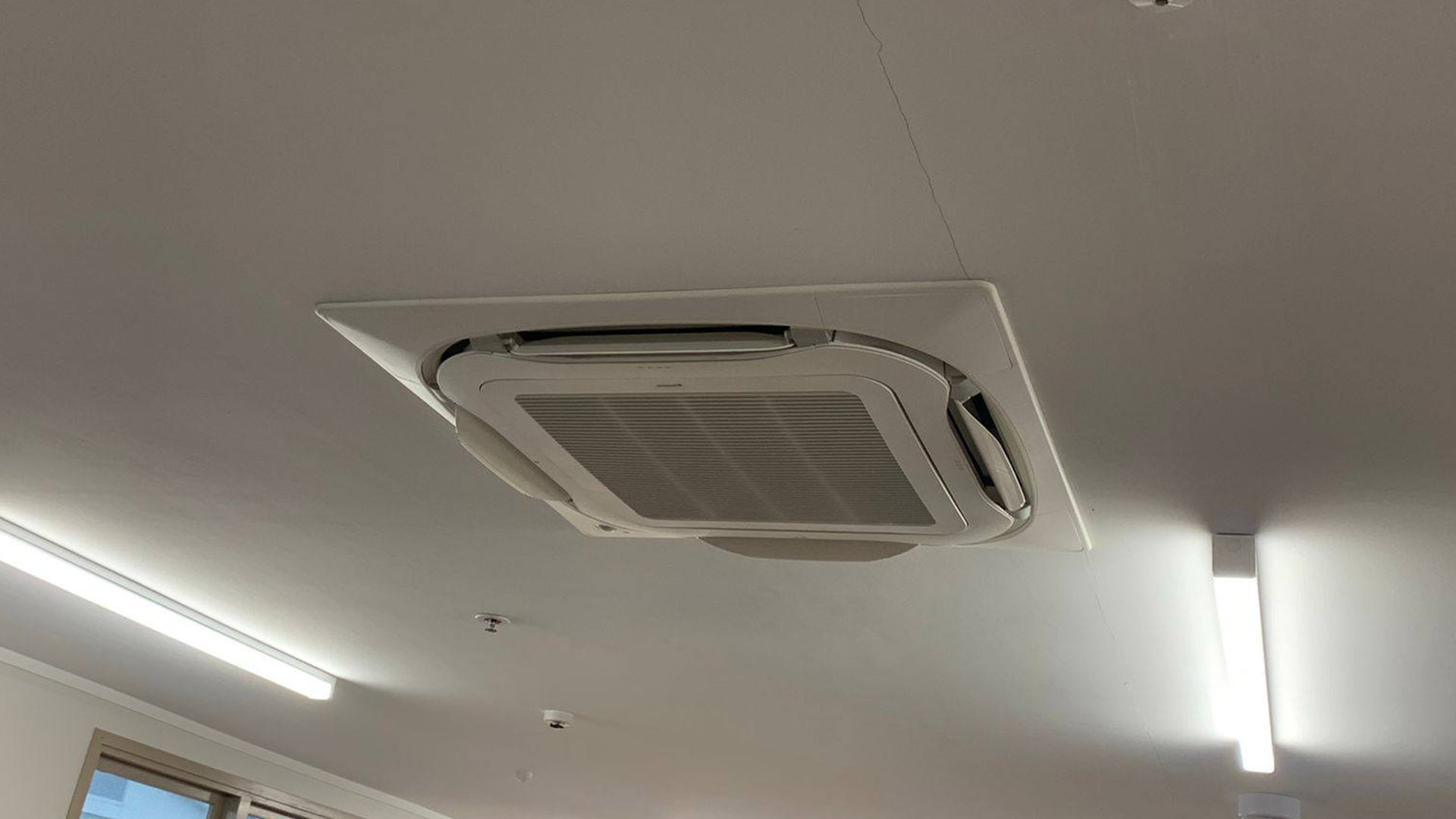

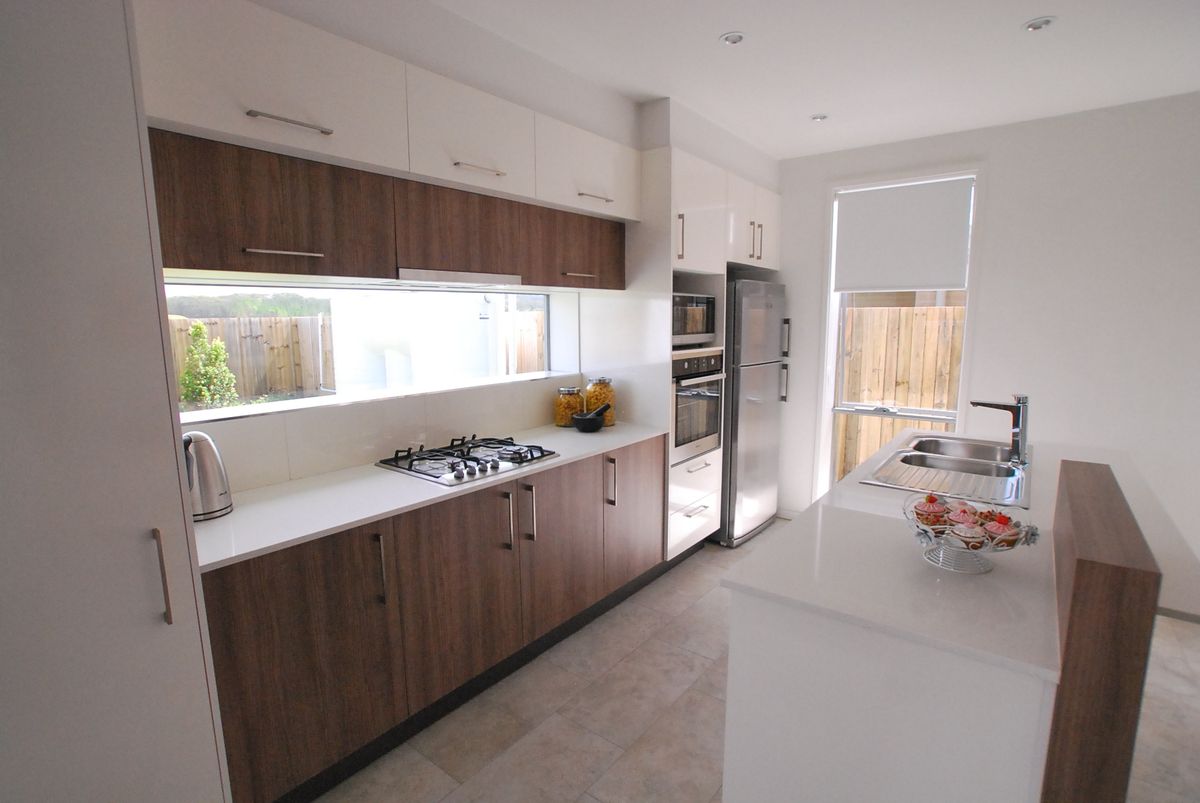

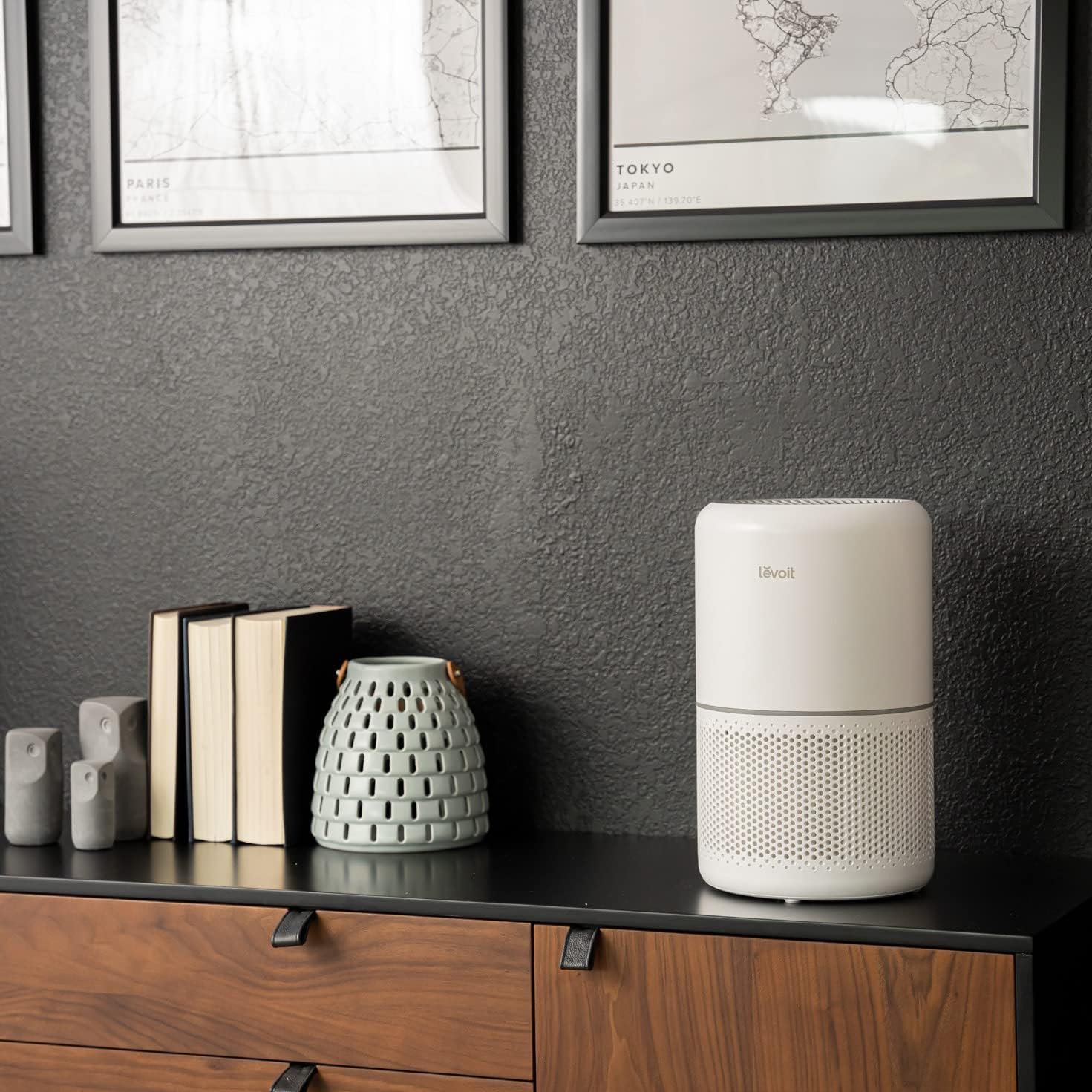
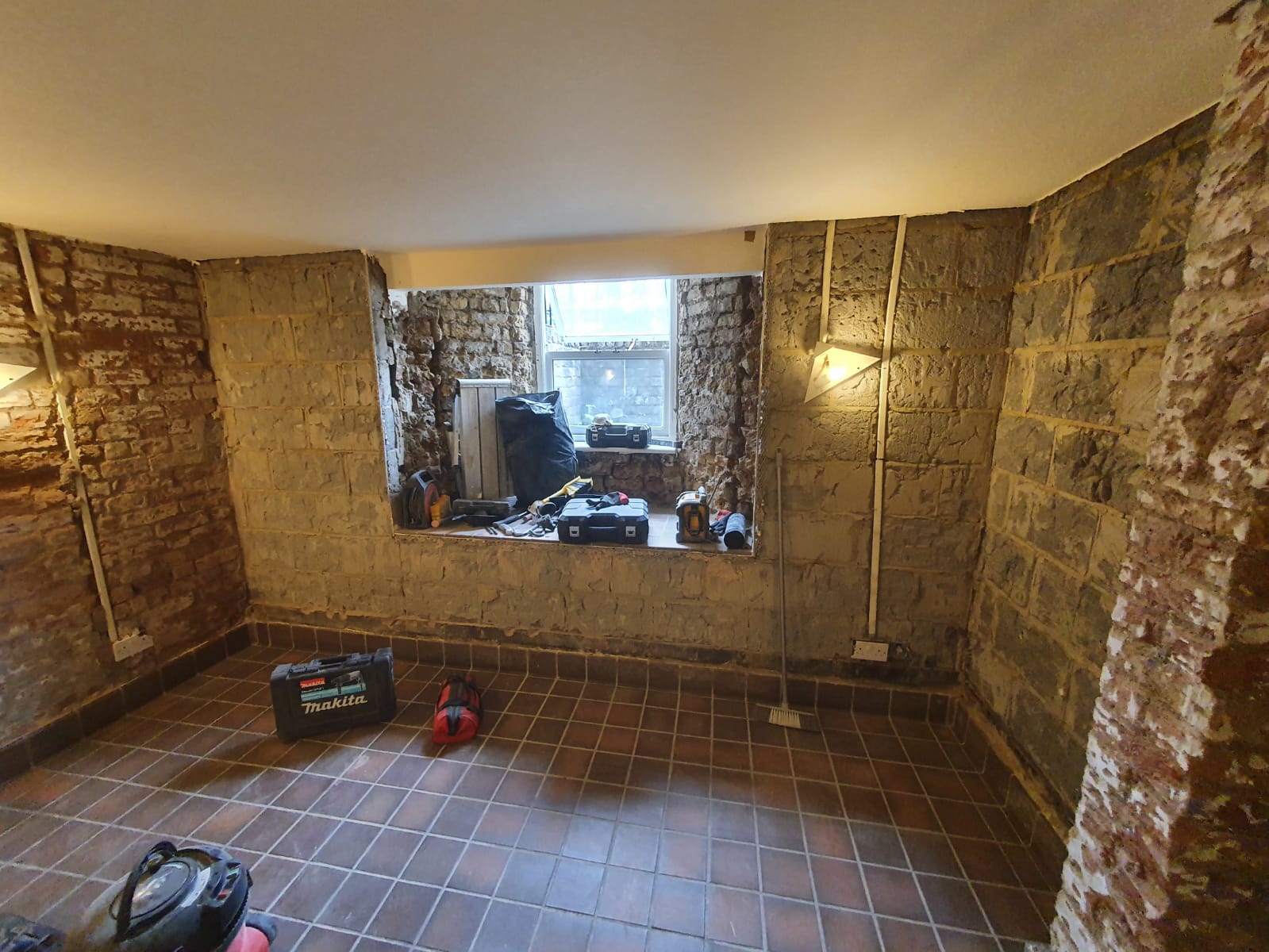
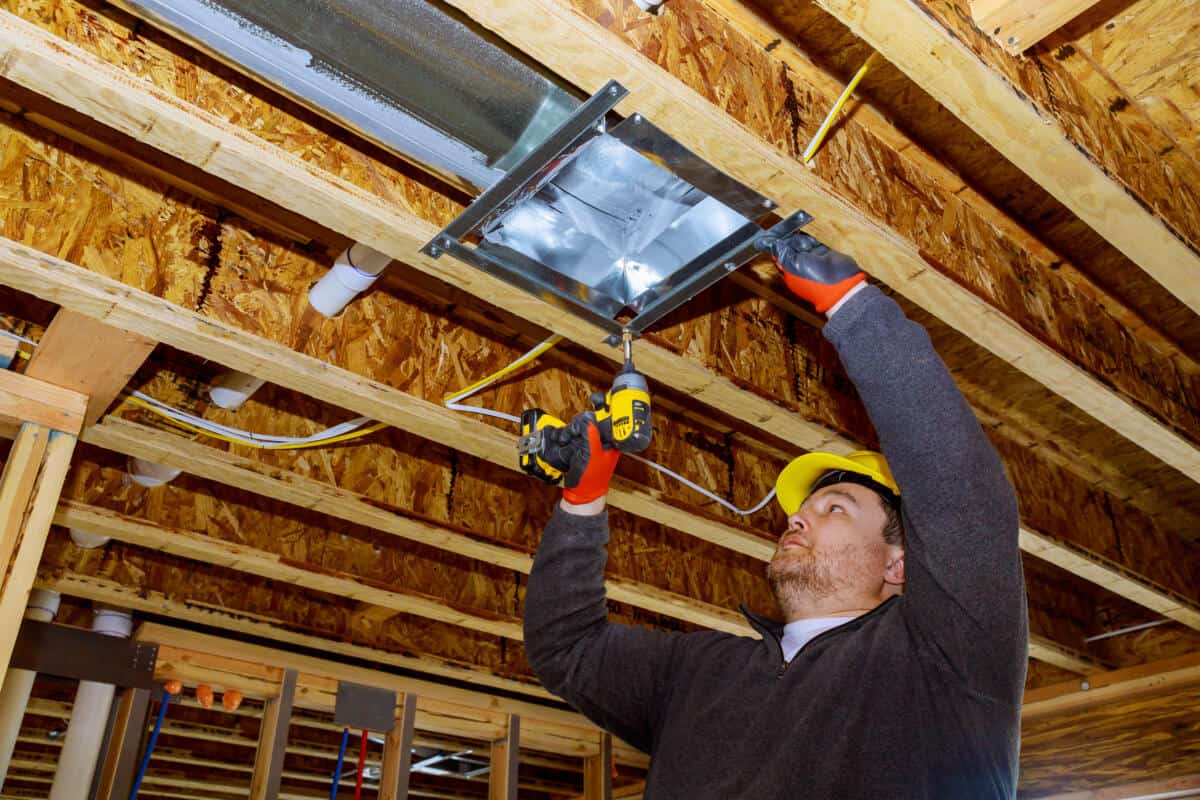

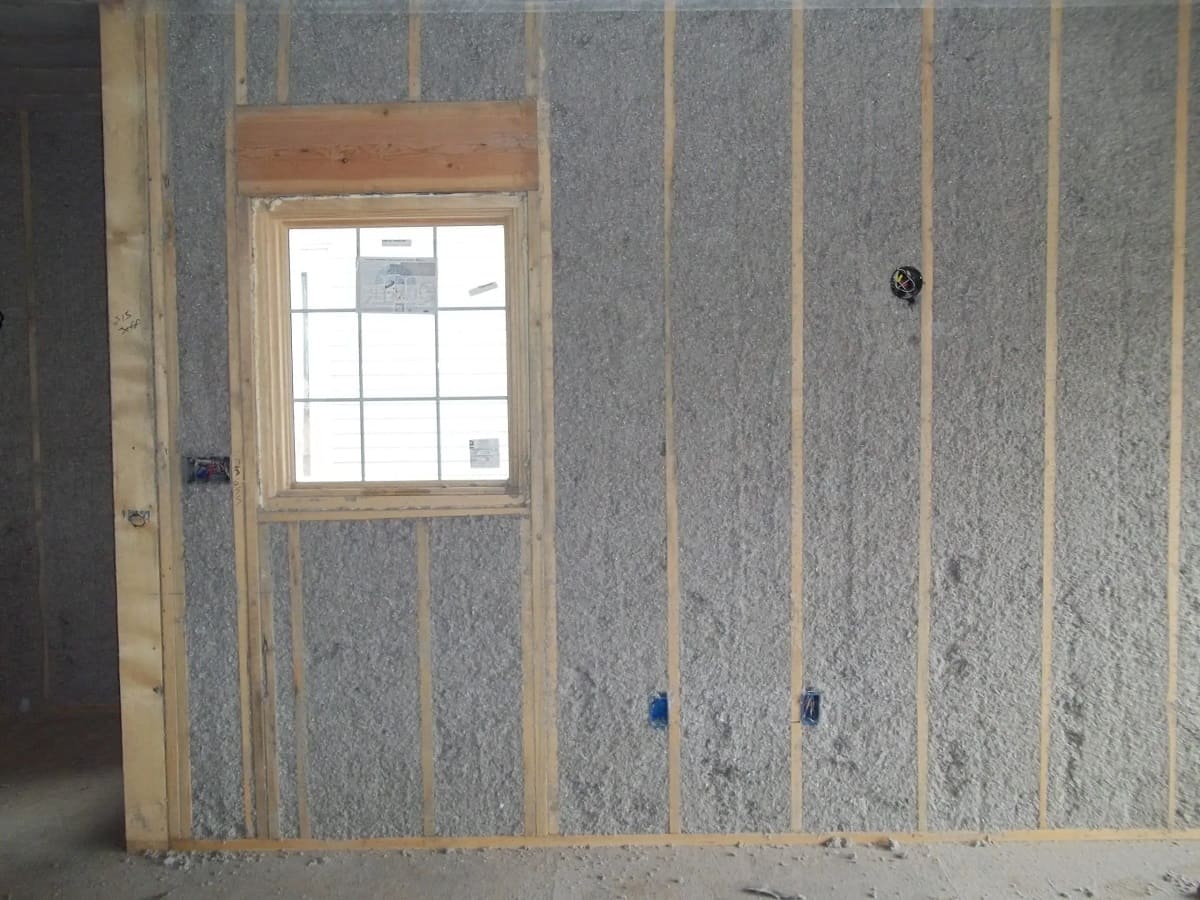
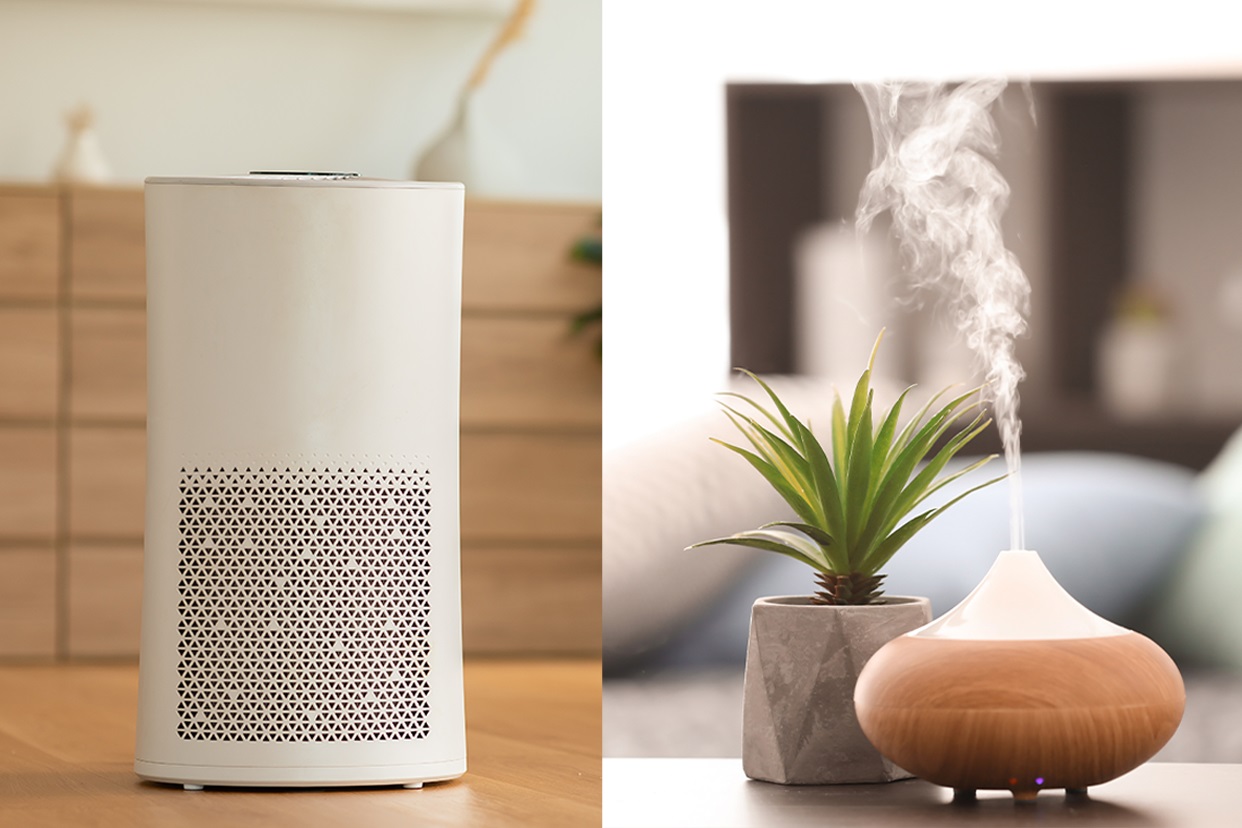
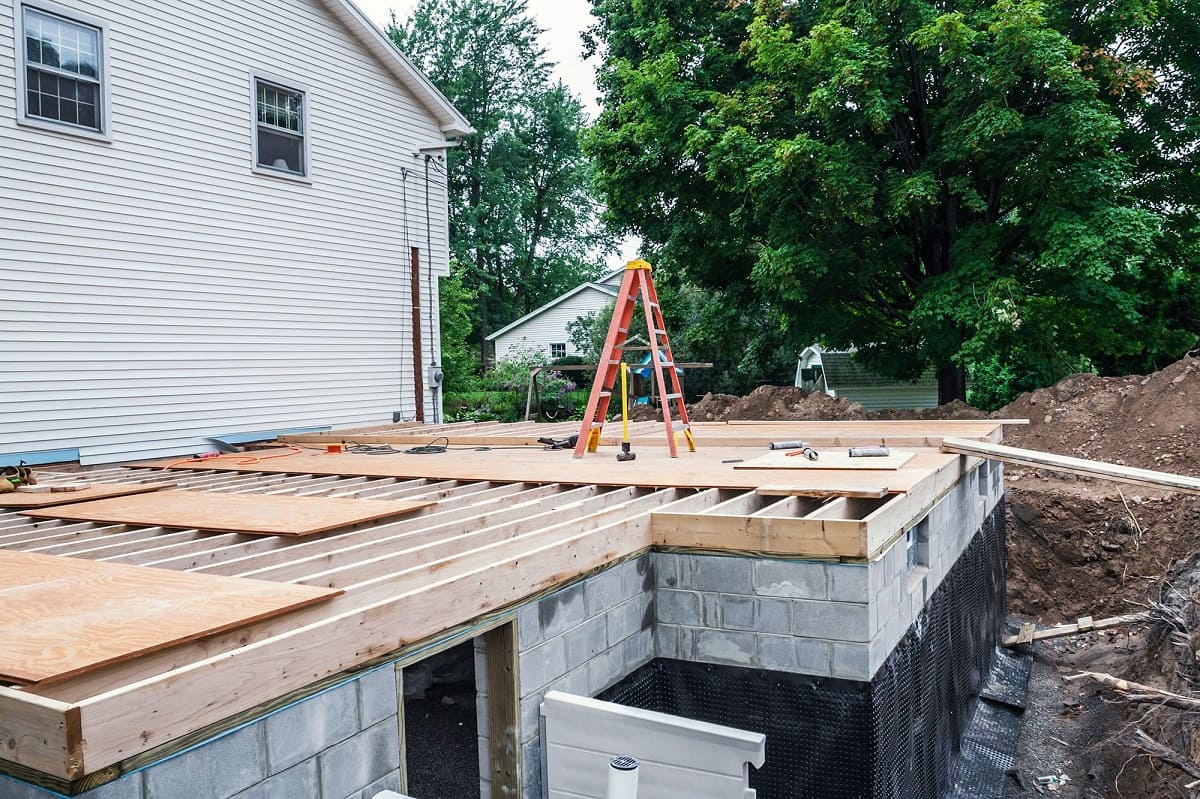

0 thoughts on “How To Improve Air Quality In Basement”